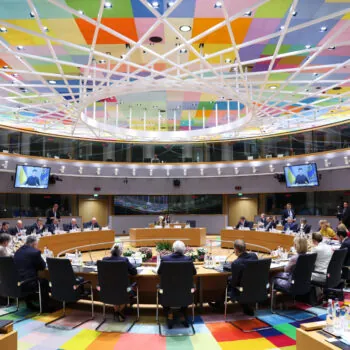A new E3G report based on analysis from Imperial College London shows that the UK urgently needs to develop a flexible power system. The report lays to rest the argument of a preventative ‘hidden’ cost of renewable power. Investment in grid flexibility lowers the final costs for the grid and for bill payers. This is because the variable output of renewable technology can either be covered by building half as much low carbon generation again, or, cheaper, some flexibility.
The Government recently adopted the 5th Carbon Budget and now needs to deliver it as cheaply as possible. This will require the construction of new low carbon generation capacity capable of producing over 150TWh of electricity each year by 2030 – around half of all current output. All plausible scenarios imply that this can only be achieved by deploying a significantly increased volume of renewable generation – likely to be around 50GW, predominantly from a combination of onshore and offshore wind and solar PV.
In November 2015 the previous Secretary of State for Energy and Climate Change expressed concerns that variable renewable generation creates ‘hidden’ costs for the system and that the power system needs ‘baseload’ power to operate. Imperial College has undertaken a new study which sheds new light on the issue of system integration costs of renewable generation. This adds to an increasing body of evidence that the system integration costs of renewable generation are low and that the power system can operate securely and at least cost with more than 50% of electricity demand being met from variable renewable sources (See Green Alliance, Policy Exchange, Solar Trade Association, National Infrastructure Commission).
System integration costs are predicted to remain less than £10/MWh for a wide range of system characteristics at these increased levels of penetration. This means that it is not only possible to securely operate the power system with high levels of renewable generation, it represents a cheaper option than employing any alternative generation solution.
This study shows that under the current trajectory onshore wind will be at least 22% cheaper than nuclear with offshore wind and solar PV providing savings in excess of 4% and 8% respectively. Actual savings are likely to be even greater as system flexibility improves.
The important conclusion from this study is, therefore, that the cheapest way to decarbonise the power system involves large volumes of variable renewable generation even when taking system integration costs into account. The Government can proceed with investment in renewable generation without risking unnecessary escalations in system costs and a burden on consumers.
However, these benefits will not arise unless the Government takes action:
- The Government plan to deliver carbon budgets should maximise the advantages for consumers and the economy. It can do so by providing a clear trajectory for deployment of low-carbon generation that is consistent with delivering long term carbon budgets at least cost.
- The Autumn Statement should set out a commitment to developing a new design for the Levy Control Framework in line with the deployment trajectory and announce a timetable for established and less-established technology auctions to commence as soon as possible.
- Ongoing market reform will be essential to support delivery of this plan. The Government should mandate Ofgem to ensure the regulatory regime and market mechanisms create a coherent system that is sufficiently flexible to support cost-effective delivery of the necessary volumes of low carbon generation.
Read the full report – Plugging the Energy Gap [PDF 1.6Mb]



